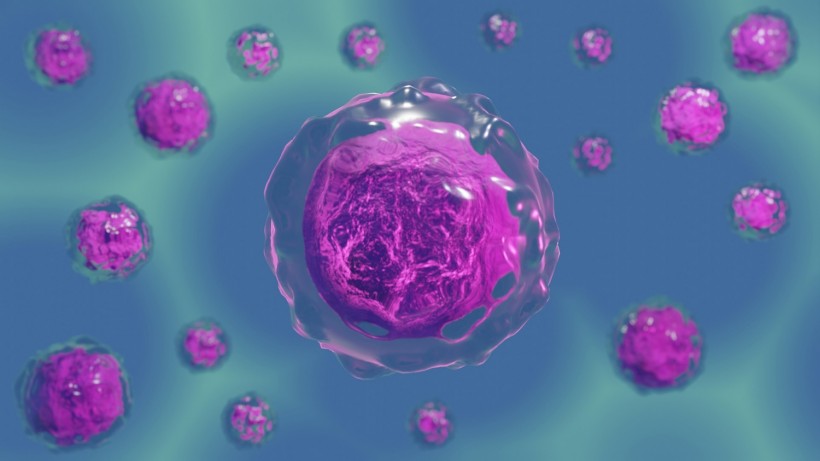Researchers at Tufts University and Harvard University's Wyss Institute have developed Anthrobots, tiny biological robots crafted from human tracheal cells that can traverse surfaces and stimulate neuron growth in damaged areas in a lab setting.
These multicellular robots, varying in size from a human hair's width to the tip of a sharpened pencil, have displayed the capacity for self-assembly and demonstrated the ability to promote the healing of adjacent cells.
This lays the foundation for the researchers' aspiration to employ biobots derived from patients as therapeutic tools for regeneration, healing, and disease treatment.

Anthrobots: Tiny Biological Robots Created From Adult Human Cells
The study reveals that Anthrobots can be created from adult human cells without genetic modification, displaying capabilities that surpass those observed in Xenobots.
Gizem Gumuskaya, a PhD student contributing to the project, underscores the team's objective to explore the potential of cells beyond their inherent characteristics within the body.
"By reprogramming interactions between cells, new multicellular structures can be created, analogous to the way stone and brick can be arranged into different structural elements like walls, archways or columns," Gumuskaya said in a statement.
The researchers observed that Anthrobots not only created new multicellular shapes but also exhibited different movement patterns across the surface of human neurons, fostering new growth to fill gaps caused by cell layer scratching.
While the exact mechanism through which Anthrobots stimulate neuron growth remains unclear, the researchers confirmed that neurons thrived beneath the area covered by a clustered assembly of Anthrobots, referred to as a "superbot."
Michael Levin, Vannevar Bush Professor of Biology at Tufts University School of Arts & Sciences, expressed surprise at the ability of normal patient tracheal cells, without genetic modification, to move independently and promote neuron growth in damaged regions.
The team is now investigating the healing mechanism and exploring additional capabilities of these constructs.
Read Also: Robotic Excavator Builds 6-Meter-High Dry Stone Wall Without Human Assistance
Advantages of Human Cells
Leveraging human cells provides advantages, such as the ability to construct bots from a patient's own cells for therapeutic purposes without triggering immune responses or requiring immunosuppressants.
Anthrobots have a limited lifespan of a few weeks, making their easy reabsorption into the body after completing tasks feasible, according to the team. They also claim that Anthrobots present no risk of exposure or unintended spread beyond the lab.
They lack the ability to reproduce and have no genetic edits, additions, or deletions, ensuring their compliance with existing safeguards. Each Anthrobot originates from a single cell derived from an adult donor, specifically from the trachea's surface.
These cells are equipped with hairlike projections known as cilia, which are responsible for propelling tiny particles out of the lung's air passages.
The study noted that anthrobots have potential therapeutic applications, with the ability to assist in healing tissues, clearing plaque buildup in arteries, repairing nerve damage, recognizing bacteria or cancer cells, and delivering drugs to targeted tissues.
The researchers aim to develop these bots further, exploring additional applications and understanding how cellular assembly can be harnessed for various functions beyond those found in nature. The team's findings were published in the journal Advanced Science.
Related Article: Humans vs. Robots: New Study Reveals Who Is 'Far Superior' Between the Two









